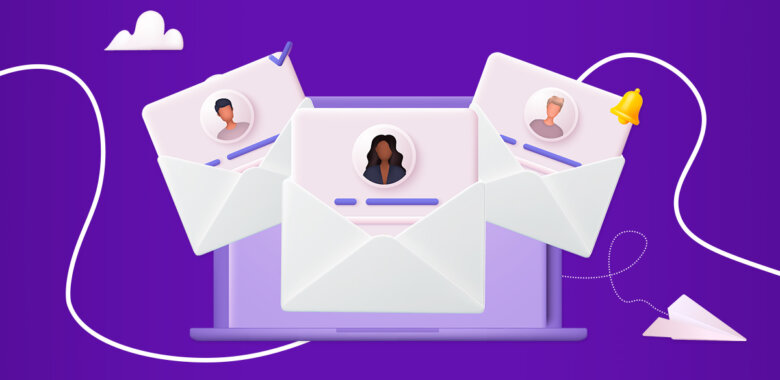How to write a prospecting email?
In today’s fast-paced business environment, prospecting emails have become a vital tool for companies to generate leads, establish relationships, and close deals. So, whether you’re a startup founder looking to attract investors, a sales professional seeking new clients, or a marketer trying to build brand awareness, read on to learn how to create compelling prospecting emails that get results.
Craft a strong email subject line
An attention-grabbing subject line is vital to an effective prospecting email campaign. It’s the first thing your prospect sees, so it needs to interest them enough to click through to the rest of the email. If you fail to grab the reader’s attention with your subject line, they may never get to the rest of the email.
There are many different types of email subject lines you can use.
A curiosity-inducing one to build intrigue:
- You won’t believe what we discovered about [topic]
- The one thing you’re missing in your [industry/field]
- What [famous person/brand] can teach you about [topic]
An authoritative subject line to demonstrate expertise:
- The definitive guide to [topic] from the experts
- 5 insider tips from industry leaders on [topic]
- As a [job title/position], here’s what I know about [topic]
A benefit-oriented subject line to highlight how helpful your content is:
- Transform your [problem/challenge] with our proven strategies
- Unlock the secret to [desired outcome] with our expert advice
- Maximize your [benefit] with our exclusive tips
Here are the examples of bad subject lines for prospecting emails that you should avoid by all means:
❌ Buy our product now!
This subject line is too aggressive and salesy, which can turn off prospects who are not yet ready to make a purchase. It also doesn’t provide any context for the email or explain why the prospect should be interested in the product.
❌ You don’t want to miss this!
Similar to the “Free stuff inside!” subject line, this one is too spammy and may be perceived as clickbait. It also doesn’t provide any specific information about what the prospect will be missing out on or why it’s important.
❌ We’re the best!
While it’s important to establish credibility and expertise, this subject line is too self-promotional and may come across as arrogant. It’s also not very specific or compelling, which prompts the prospect to ignore it.
❌ Quick question
While asking questions can be a great way to start a conversation, this subject line is too vague and doesn’t provide any information about what the question is or why the prospect should care. It can also come across as manipulative if the question is actually just a sales pitch in disguise.
❌ Hi
Similar to “Hey,” this subject line is too generic and doesn’t provide any context for the email. It can also come across as too informal or unprofessional, which isn’t appropriate for all types of business communication.
Think the opening through
Once your email has been opened, the first few sentences are crucial to keep the recipient’s attention. You need to make a good first impression and show that you’ve done your research on the recipient. The opening should be personalized, friendly, and focused on the prospect’s needs or pain points.
Let’s say you are trying to reach out to a potential client who is the CEO of a company you want to work with. Rather than jumping straight into a pitch about your services, take a moment to think about how you can catch their attention and make a good first impression. Here’s an example:







